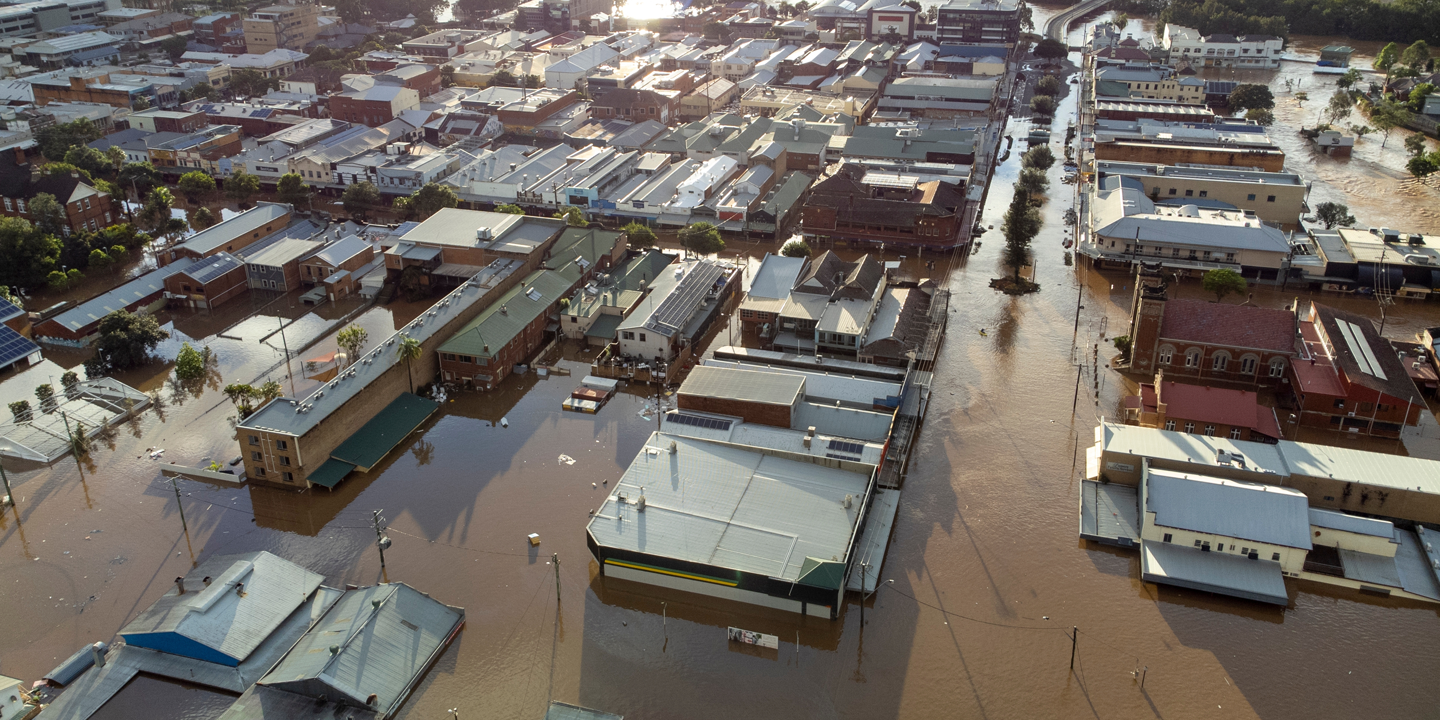Insurance Australia Group (ASX:IAG) recently provided a comprehensive business update, highlighting its 5-year strategy. This update maintains the medium-term targets, focusing on achieving a cash ROE of 12%-13%. In this analysis, we delve into key takeaways, emphasizing IAG's strategy, its drivers, and the scepticism surrounding certain targets.
Medium-Term Targets and Strategy
IAG's medium-term objectives remain consistent, targeting a cash ROE of 12%-13%, an insurance margin of 15%-17%, and a growth profile. The recent business update reaffirms the FY22 guidance, projecting a 10%-12% reported insurance margin and low single-digit GWP growth.
Key Drivers for Profitability Improvement
IAG outlined three primary drivers for expected profitability improvement in the medium term:
1. Customer Growth
IAG aims to add 1 million customers over the next 5 years. The major portion (750k) is anticipated from Direct Insurance Australia (DIA). Strategies include expanding the NRMA brand nationwide, targeting younger customer segments through the digital business 'Rollin,' and digitizing IAG’s small business offering.
2. Profit Improvement in IIA
Anticipated profit improvement in Intermediated Insurance Australia (IIA) is expected to reach A$250 million. This improvement is attributed to the remediation of the IAL personal lines portfolio, pricing enhancements, improved underwriting practices, and a reduction in the management expense ratio.
3. Other Productivity Improvements
Primarily focusing on claims improvements in DIA and NZ, IAG targets A$400 million of value improvement over 5 years. This includes enhancing claims efficiency, reducing wastage, streamlining processes, and consolidating suppliers.
Additional Insights
IAG aims to maintain a flat expense base over time (A$2.5 billion) with planned reductions in "maintenance" expenses offsetting higher costs tied to "transformation." The natural hazard allowance is expected to continue rising, and a capital return may be likely if Business Interruption court cases favour IAG.
Morgans Thoughts
While IAG's overall strategy appears logical, historical challenges in maintaining improved margins raise scepticism. The ability to grow customer numbers by 1 million is a key concern, especially considering recent losses in personal lines market share. Despite scepticism, there is acknowledgment of positive steps in executing plans in FY22.
Forecast and Investment Outlook
Earnings and valuation remain unchanged, considering IAG's challenging FY21 and the weather-affected FY22. The stock appears attractively priced at ~13x FY23F earnings, and the expectation of continuing insurance price increases, coupled with management’s performance improvement strategy, positions IAG for improved profitability over time. The ADD rating is maintained.











